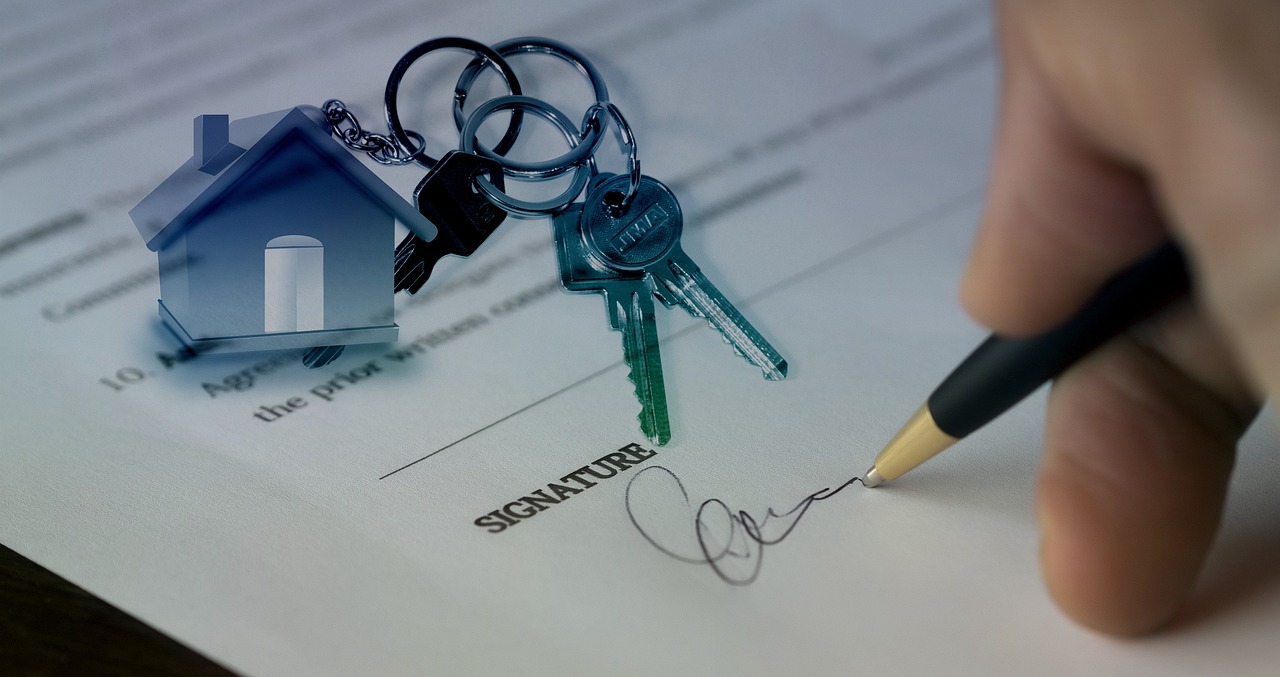What Are Buyer Incentives in Real Estate?
Real estate is a complex and competitive market, and for buyers, it’s all about getting the best deal. In today’s housing market, buyers’ incentives play a pivotal role in driving sales and motivating potential homeowners to make the leap.
“Buyer incentives,” also known as buyer concessions, are perks or discounts offered by sellers, home builders, or even real estate agents to sweeten the deal. These incentives are designed to attract more buyers, close deals faster, and potentially reduce the buyer’s out-of-pocket costs. In order to take the best advantage of buyer incentives, individuals in the market to purchase a new home should understand what they are, why they’re offered, and how they can benefit both buyers and sellers.
Understanding Buyer Incentives
Buyer incentives can take on various forms, from financial perks like closing cost assistance and mortgage rate buy-downs to physical upgrades in the property. They are used in both new construction and resale markets and can be tailored to meet the buyer’s specific needs.
Types of Buyer Incentives
- Closing Cost Assistance: One of the most common incentives, sellers often offer to cover part or all of the buyer’s closing costs, which can range from 2% to 5% of the purchase price. This reduces the immediate financial burden on the buyer and makes the property more attractive.
- Mortgage Rate Buy-Down: In times of rising interest rates, sellers or builders may offer to “buy down” the buyer’s mortgage rate, either permanently or for a set number of years. This can lower the buyer’s monthly payment, making the home more affordable over time.
- Home Warranty: Sellers may offer to include a home warranty, covering repairs for major systems and appliances for a year or more. This provides peace of mind to buyers who may worry about unexpected repair costs after moving in.
- Upgrade Packages: In new construction, builders often offer free or discounted upgrades, such as granite countertops, hardwood floors, or premium appliances. These incentives make a property more appealing without increasing the list price.
- Cashback at Closing: Some sellers offer cashback at closing, which provides buyers with immediate funds that they can use for anything from moving expenses to renovations.
- Prepaid HOA Fees: Sellers may offer to pay homeowners association (HOA) fees for a set period, reducing the buyer’s ongoing expenses in the first few months of homeownership.
- Assistance with Points: Buyers sometimes purchase discount points to lower their interest rates. Sellers can offer to help with this, giving buyers the opportunity to secure a better rate and pay less over the life of the loan.
- Leaseback Option: A seller might offer to lease back the home for a period after the sale, giving the buyer the flexibility to move in later while still closing the deal. This is often useful when the seller is waiting for another home to be completed.
- Prepaid Property Taxes or Insurance: Sellers can offer to cover the first year of property taxes or homeowner’s insurance, lightening the load for the buyer during the first year of ownership.
Why Are Buyer Incentives Offered?
There are several reasons why sellers and builders offer buyer incentives, and these often depend on the state of the housing market, property type, and individual circumstances.
1. Slow Market Conditions
In a buyer’s market, where there are more homes for sale than there are buyers, sellers may struggle to attract offers. To stand out, sellers offer incentives to make their property more attractive, whether by reducing the financial burden on the buyer or adding more value to the home.
2. Competitive New Construction Market
In areas where new homes are being built rapidly, builders face stiff competition from other developments. Offering incentives like free upgrades, closing cost assistance, or rate buy-downs helps them compete against neighboring builders and attract more buyers.
3. Quicker Sales
Sellers who are under pressure to sell quickly, perhaps because they’ve already bought another home, may offer incentives to speed up the process. Buyer incentives can encourage more potential buyers to view the home and make offers, leading to a faster sale.
4. Appeal to First-Time Homebuyers
First-time buyers often have limited financial resources and may find it difficult to cover closing costs, make a large down payment, or secure a favorable mortgage rate. Offering incentives that reduce upfront costs or lower monthly payments can make the difference between a buyer choosing one property over another.
5. Marketing Strategy
Incentives are also used as a marketing tool to make listings stand out. A home advertised with a closing cost contribution or a mortgage rate buy-down may draw more interest compared to similar homes without those incentives.

How Buyer Incentives Benefit Buyers
For buyers, incentives can significantly reduce the cost of buying a home, making the process more affordable and less stressful. Here’s how these perks benefit homebuyers:
- Lower Upfront Costs: Incentives like closing cost assistance or cash back at closing reduce the amount of money a buyer needs to bring to the table. This is especially helpful for first-time buyers or those with limited savings.
- Reduced Monthly Payments: Mortgage rate buy-downs or assistance with discount points can lower monthly payments, making homeownership more manageable in the long term. With lower interest rates, buyers save money over the life of the loan.
- Added Value to the Property: Free upgrades or renovations can increase the value of the home without the buyer having to pay more for it. Upgraded finishes and premium appliances also enhance the enjoyment of the property.
- Increased Flexibility: Incentives like a leaseback option give buyers more flexibility with their move-in date, especially useful if they’re not ready to move right away or if their current home hasn’t sold yet.
- Peace of Mind: A home warranty or prepaid insurance provides reassurance that buyers won’t face unexpected expenses after they move in. Knowing that major systems and appliances are covered gives buyers confidence in their purchase.
How Buyer Incentives Benefit Sellers
Offering buyer incentives doesn’t just benefit buyers; it can also be advantageous for sellers in several ways:
- Faster Sales: Incentives attract more interest and offers, which can lead to quicker sales. This is especially important for sellers who need to move quickly due to job relocation, financial reasons, or other time-sensitive issues.
- Higher Selling Price: In some cases, offering an incentive allows sellers to maintain a higher selling price while offsetting the buyer’s costs elsewhere. For example, covering closing costs might save the buyer money upfront, allowing the seller to hold firm on the asking price.
- Competitive Edge: In competitive markets or when selling a home that has been on the market for a while, offering incentives can give the seller an edge over similar properties. Incentives help differentiate the property and create a sense of urgency for buyers.
- Attract More Qualified Buyers: Incentives can broaden the pool of potential buyers by making the home more affordable for individuals who might otherwise be priced out of the market.
Potential Downsides of Buyer Incentives
While buyer incentives have clear advantages, there are potential downsides that both buyers and sellers should consider.
- Inflated Prices: Sometimes, sellers build the cost of incentives into the home’s asking price, which can lead to a property being overpriced. Buyers should be cautious and ensure they’re not overpaying for a home, even with the incentives offered.
- Appraisal Issues: If a home’s price is inflated to cover incentives, it may not appraise for the selling price, which can complicate the buyer’s ability to secure a mortgage.
- Impact on Negotiations: Offering too many incentives upfront might reduce a seller’s negotiating power. Buyers could perceive the need for incentives as a sign of desperation and may push for further concessions.
Buyer incentives are a powerful tool in real estate transactions, benefiting both buyers and sellers. They can make homeownership more accessible by reducing upfront costs, lowering monthly payments, and adding value to the property. For sellers, incentives can attract more buyers, speed up the sale, and even allow for a higher selling price in some cases. However, it’s essential for both parties to understand the potential downsides and work with real estate professionals to ensure that the incentives offered are beneficial and fair for everyone involved.
Whether you’re a buyer looking to stretch your budget or a seller aiming to move your property quickly, understanding and utilizing buyer incentives can make all the difference in today’s dynamic real estate market.
